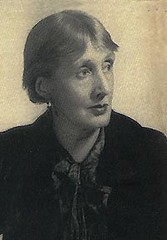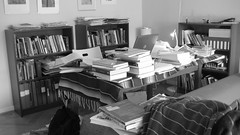J. Edward Chamberlin, If This is Your Land, Where are Your Stories?: Reimagining Home and Sacred Space. Pilgrim Press, 2003.
Ted Chamberlin was one of my professors at the University of Toronto, and if you read his book, you’ll understand what a good teacher and storyteller he is. It weaves together tales about cowboy culture, travels through Australia, his childhood fascination with mathematics, and of how chaperoning his daughter and friends at a U2 concert proved to be a turning point in his thinking about poetry and longing.
Among the best stories in the book is one Ted told me over lunch about ten years ago. It’s about going out into the Namibian desert with a tape-recorded greeting in a language thought to be dead. Not so, as it turns out: Ted and his collaborator ultimately found a handful of elders who responded to the greeting, and thus located the last speakers of an African language called N|u. The language is now being taught to the grandchildren and great-grandchildren of those elders.
If This is Your Land, Where are Your Stories? is about the connections between storytelling, language, land, identity, and social justice. Most importantly, the book proposes a new and radical way of thinking about and sharing land in places like Canada and Australia, where native peoples have been dispossessed of their homes, and who are in danger of losing languages, collective memories and culture as a result.
For me, this book confirmed that small peoples, marginal languages, forgotten places, and even anonymous lives were worth telling about:
“For ultimately it is all about the nourishment of what we might as well call the human spirit, that part of us which invents and discovers, as well as listens and watches and waits, and hopes and prays. Without it we are desperate.” (193)
[Photo: Fred Dawson]








